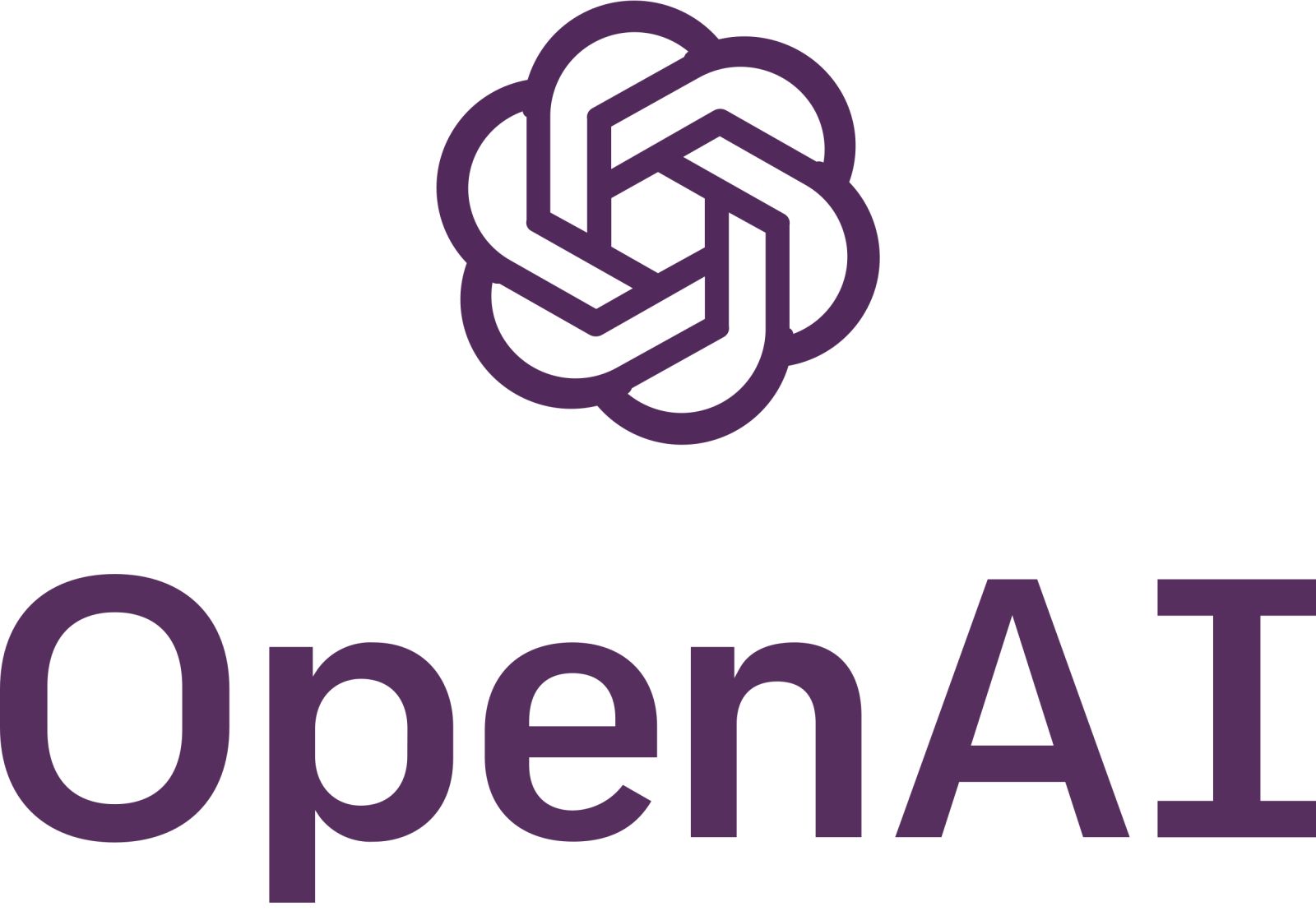Introduction
GPT-5 shows practical coding strength: in a real test it was guided to write an EVTX binary parser in Zig, demonstrating focused edits, steerability, and limited invasive changes.
Context
EVTX is Windows Event Log binary format; parsing is challenging due to templates, substitutions and ambiguous encodings where length-prefixed and null-terminated strings coexist. The author used an existing Rust parser as a reference to evaluate parity.
GPT-5: why it matters
Compared to earlier models, GPT-5 produces minimal, targeted edits, follows nuanced instructions better, and backtracks when needed. That yields smaller, more integrable patches and clearer bug analysis.
The challenge: EVTX parsing nuances
Key difficulties are:
- Micro-debugging: a wrong type interpretation (e.g., BinaryType vs UTF-16 string) leads to cursor desync and cryptic crashes.
- Macro architecture: without an intermediate representation, large refactors are risky and error-prone.
Approach and solution
Effective methodology with GPT-5 included:
- Provide spec, hexdumps and reference outputs.
- Require modular logging and hexdump-enabled debug helpers.
- Iterate with minimal edits until parser output matches the reference.
- Introduce an IR to separate binary decoding from serialization.
This approach enabled the model to spot subtle bugs and propose concise fixes rather than bulky rewrites.
Emergent best practices
- Modular logging with adjustable verbosity for isolating template failures.
- Incremental tests that compare binary outputs to a trusted reference.
- Avoid heuristics not specified by the format; prefer explicit bounds checking.
- Adopt an IR to simplify refactors when code grows.
Results and limitations
GPT-5 produced a usable, performant Zig parser that reached near-parity with the Rust reference. Limitations: for production use prefer mature libraries and require thorough testing and human code review.
Conclusion
With clear prompts and iterative validation, GPT-5 can solve medium-complexity, deterministic engineering problems like EVTX parsing, producing focused, debuggable edits; but production readiness needs human validation.
FAQ
1. How did the test measure GPT-5's EVTX parsing capability?
By bitwise comparing the generated parser's output to the Rust reference and using hexdumps and logs to locate discrepancies.
2. How does GPT-5 minimize code changes versus other models?
It favors small, precise fixes and incremental refactors instead of broad rewrites, improving integration with existing codebases.
3. What are main EVTX parsing risks with GPT-5?
Main risk is misinterpreting data types (e.g., treating binary as length-prefixed string), causing cursor misalignment and cascading failures.
4. Why choose Zig for an EVTX parser?
Zig gives low-level memory control and minimal dependencies, useful for efficient binary parsers.
5. When not to use a GPT-5–generated parser in production?
If it hasn’t been validated on extensive real-world logs and peer-reviewed; rely on established libraries for critical systems.
